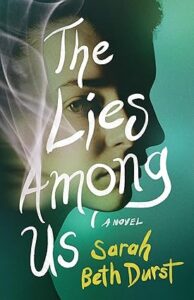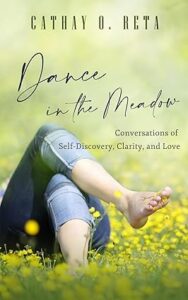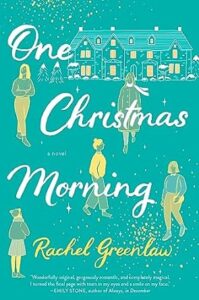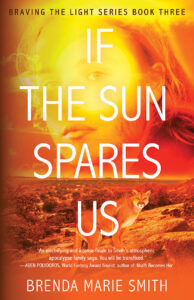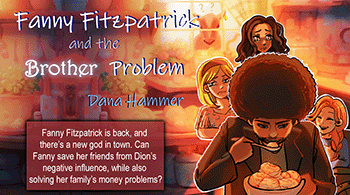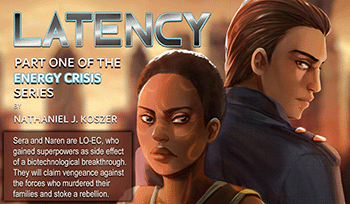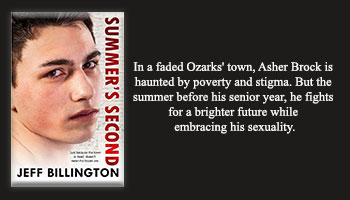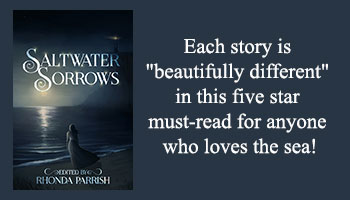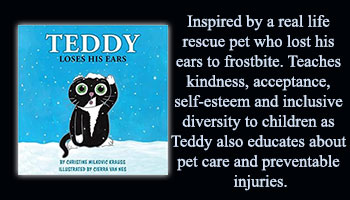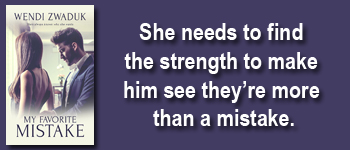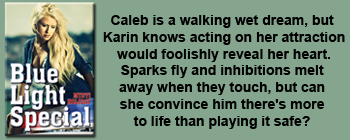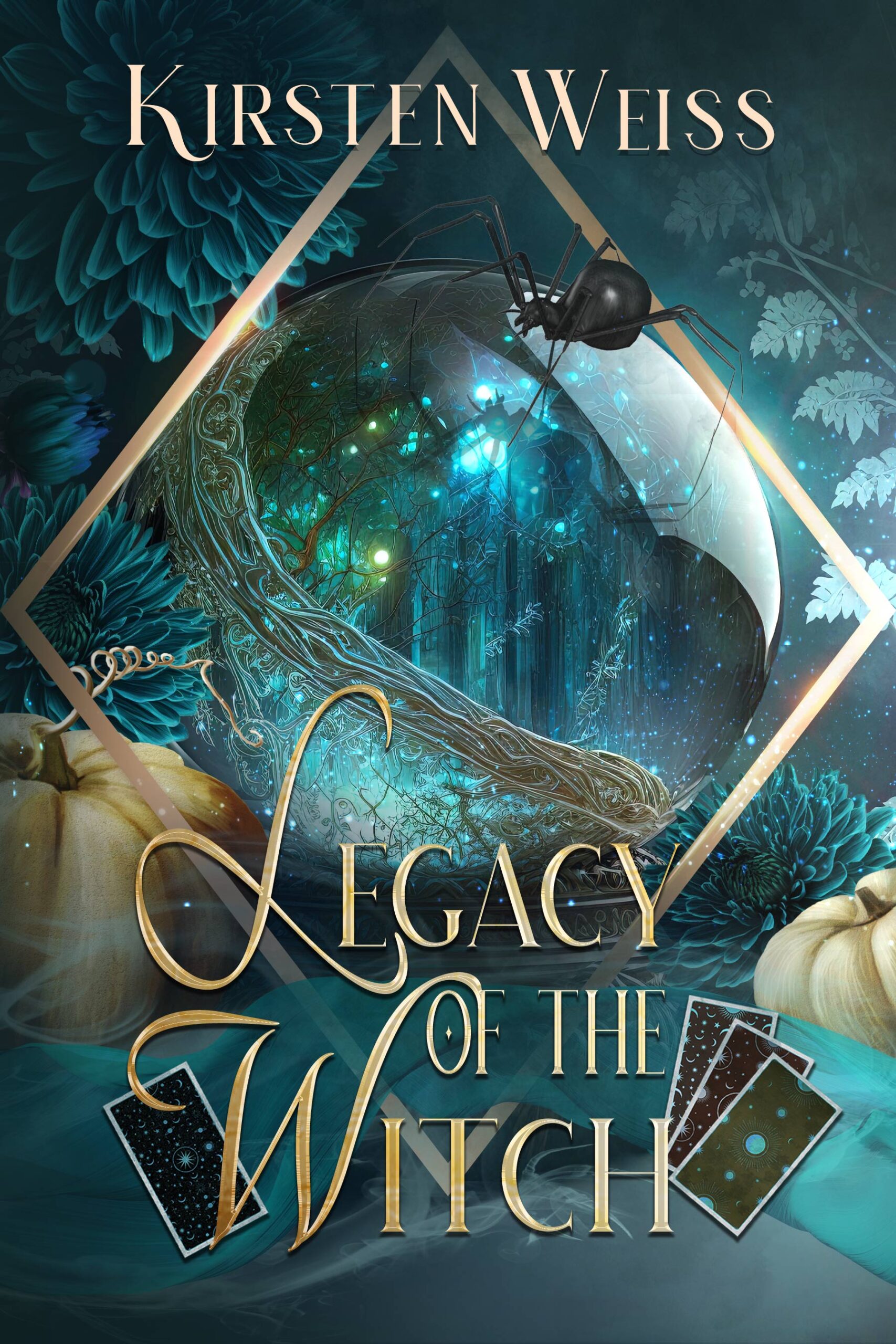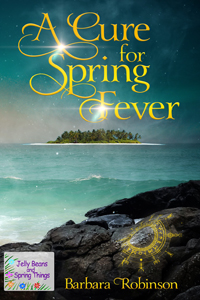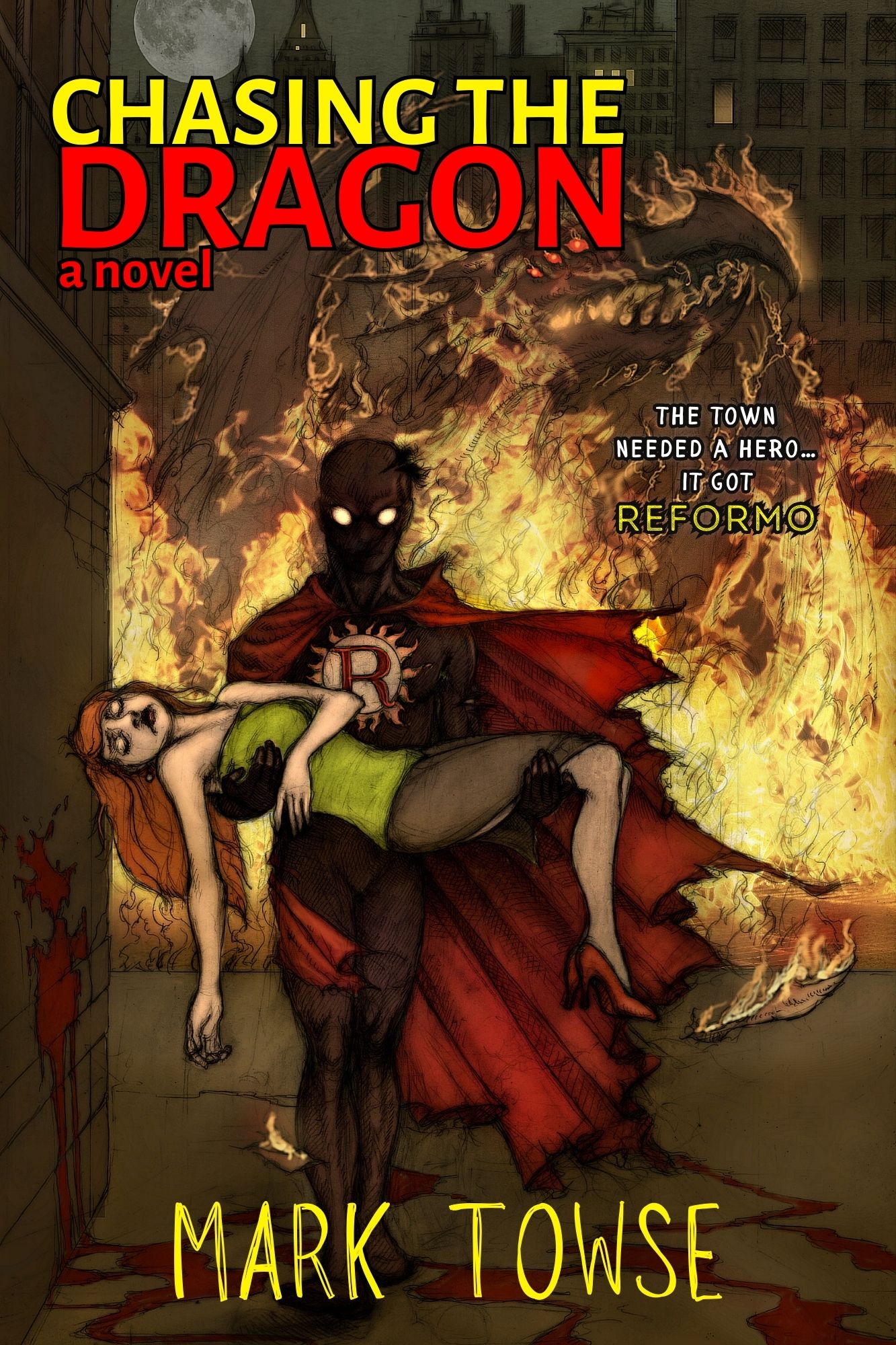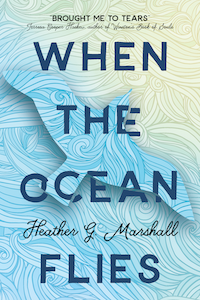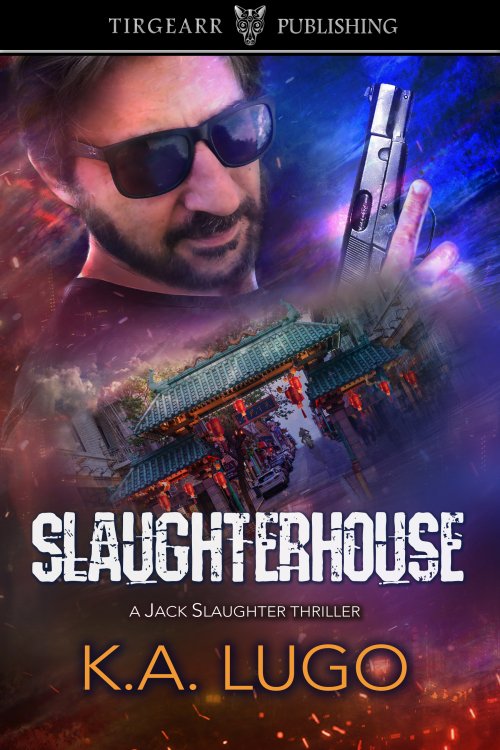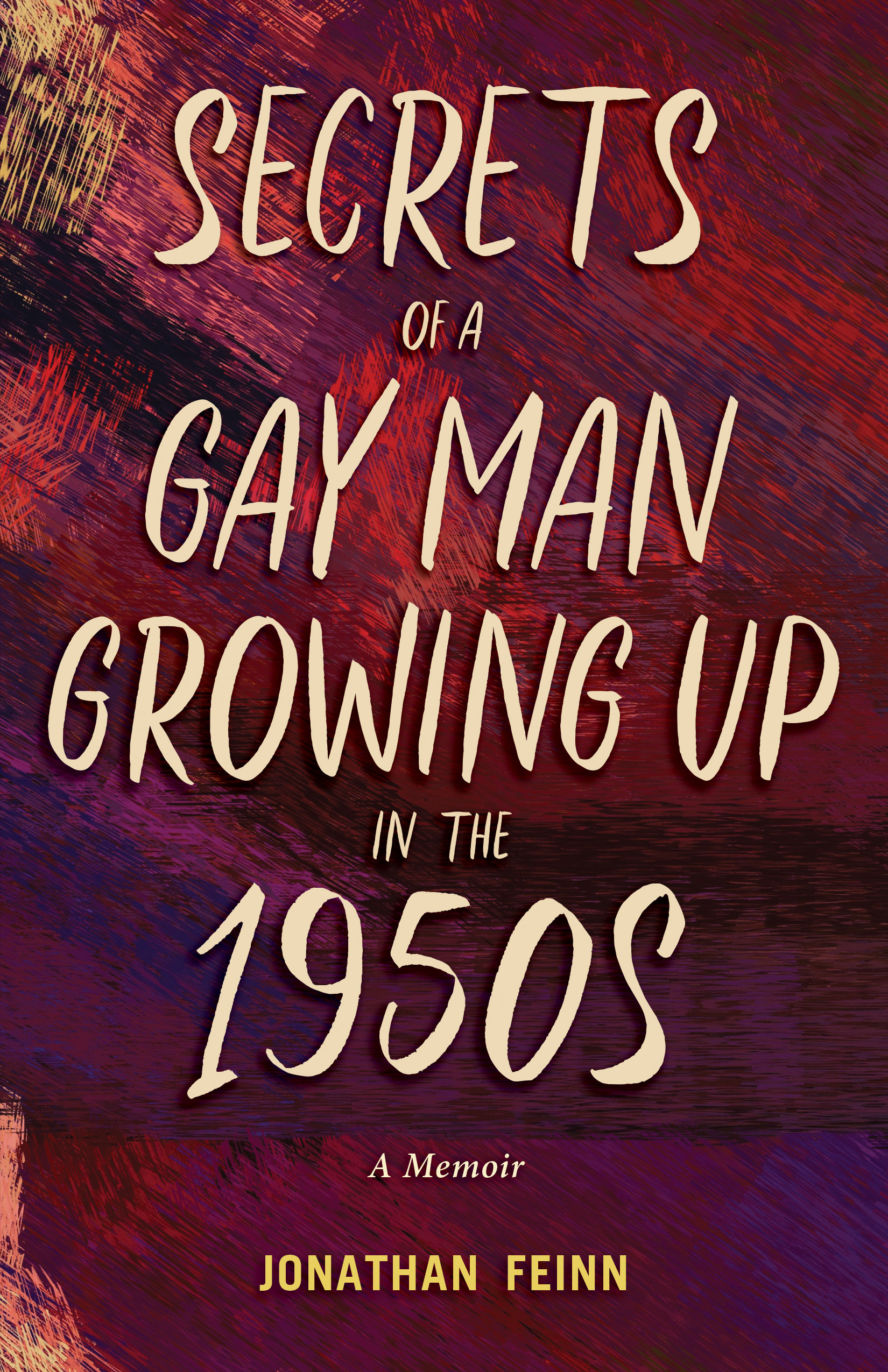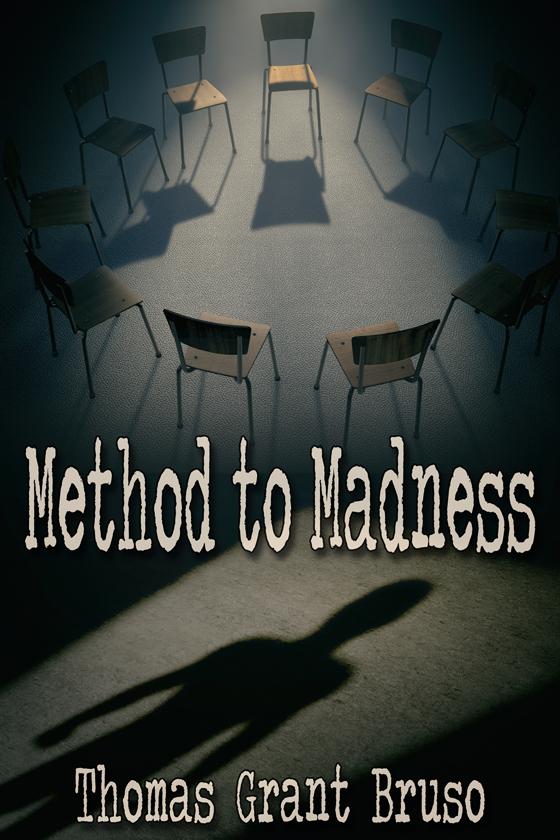The Lies Among Us by Sarah Beth Durst
Publisher: Lake Union Publishing
Genre: Sci-Fi/Fantasy, Contemporary
Rating: 5 Stars
Reviewed by ChollaAfter her mother dies, Hannah doesn’t know how to exist without her. Literally. In fact, Hannah’s not even certain that she does exist. No one seems to see or hear her, and she finds herself utterly alone. Grief-stricken and confused, her sense of self slowly slipping away, Hannah sets out to find new purpose in life—and answers about who (and what) she really is.
Hannah’s only remaining family is her older sister, Leah. Yet even Leah doesn’t seem to notice her. And while Hannah can see and hear her sister, she also sees beautiful and terrible things that don’t—or shouldn’t—exist. She learns there’s much more to this world than meets the eye and struggles to make sense of it all.
When Hannah sees Leah taking the same dangerous path that consumed their own mother—where lies supplant reality—she’s desperate to get through to her. But facing difficult truths is harder than it looks…
What happens to a lie after the liar is gone?
For two decades, Hannah’s only focus has been on her mother. But when her mother dies, Hannah’s world and everything she knows is shattered. How does she find her way without the most important person in her life?
Hannah is one of the most interesting characters I’ve ever met. While she stumbles a bit after her mother’s death, she eventually finds her direction after a chance meeting. Sylvie is everything Hannah never thought she could be, and together they alter each other’s perception of the world and the reality they live in. They are truly the biggest catalyst for character development in each other, which was really fascinating to watch.
Leah, on the other hand, doesn’t handle her mother’s death very well. There were so many unresolved issues between them that it’s extra hard for her to process the loss. She lashes out, acts erratically, and attempts to shut out everyone who cares about her while she struggles through her grief. It was heartbreaking to watch, but very real and extremely visceral.
The thing that will stick with me long after I’ve put this book up on my bookshelf is how Hannah reinvents herself after her mother dies. She finds new purpose and new adventures, all while holding onto her past. In addition, there is so much insight into how humans work in this novel. A favorite quote, “Who we are is who we’ve been. And who we’ve known.” That hit me right where it hurt. Every person we meet, even peripherally, becomes a part of us in a way.
The Lies Among Us is one of the most interesting and unique stories I’ve read in a long time. It’s hard to even review it properly. Beautifully written and strewn with intriguing characters, I couldn’t stop reading once I started. We all know that we’ll inevitably lose someone who means the world to us, but we’re never quite ready for it, even when we have advanced notice of it. This novel shows you both the horror and beauty of love, loss, and moving on in a relatable and emotional way.
